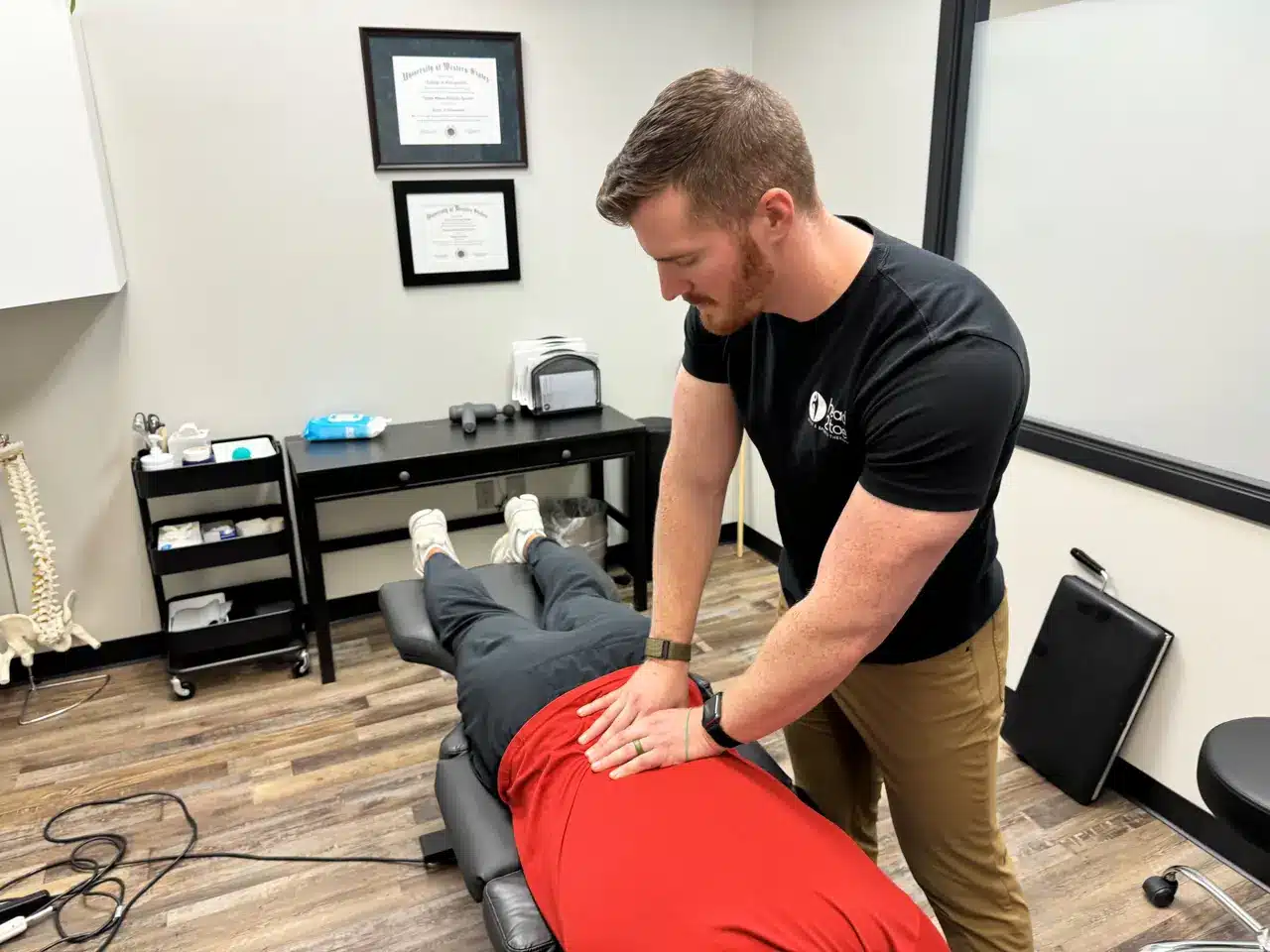Understanding pain management
Pain management helps you deal with pain in a way that suits you. It can help people who are dealing with pain to get on with their daily life and enjoy a better quality of life. Pain management can lessen pain and help you to be more active. It may also help you to stop focusing and worrying about pain, and help you to be more independent.
Benefits of pain management
Pain management offers relief from chronic pain by improving your quality of life, helping you to stay active, and reducing the negative impact of pain on your mental health. It also allows you to reduce reliance on pain medications and avoid potential side effects, providing you with a more holistic approach to managing your pain.
Risks of pain management
Pain management carries certain risks that you should be aware of. Potential risks include dependency on medication, tolerance to painkillers, and the risk of overdose. Overuse of pain medication can lead to serious health problems, including liver damage and gastrointestinal issues. It’s essential to work closely with your healthcare provider to monitor and manage these risks effectively.
Options for pain management
There are several options available for pain management, each with its own benefits and risks. Some common options include over-the-counter pain medications, physical therapy, acupuncture, chiropractic care, and nerve blocks. In more severe cases, prescription medications or surgical procedures may be recommended by a healthcare professional to manage pain effectively. It’s important to consult with a medical provider to determine the best option for your specific situation.
Lifestyle changes for pain management
Making lifestyle changes can significantly help in managing pain without relying solely on medications. Here’s what you can do:
- Regular exercise can reduce pain and improve overall function. It also helps in managing stress and maintaining a healthy weight.
- A balanced diet that includes a variety of fruits, vegetables, whole grains, and lean proteins can help reduce inflammation and manage pain.
- Engaging in stress-reducing activities such as yoga, meditation, or deep breathing exercises can help alleviate pain and improve overall well-being.
- Getting enough sleep is essential for managing pain. Establishing a regular sleep routine and creating a comfortable sleep environment can contribute to pain relief.
- Avoiding smoking and consuming alcohol in moderation can help in reducing the impact of pain on the body.
Making these lifestyle changes can complement other pain management strategies and improve overall quality of life.
Non-pharmaceutical pain management options
Non-pharmaceutical pain management options are alternatives to medication for managing pain. They can be effective in reducing pain and improving overall well-being. Some non-pharmaceutical options include manual therapy, acupuncture, massage therapy, chiropractic care, and cognitive-behavioral therapy. These approaches focus on addressing the root cause of the pain and can be part of a comprehensive pain management plan.
Pharmaceutical pain management options
Pharmaceutical options for pain management include medications such as acetaminophen, nonsteroidal anti-inflammatory drugs (NSAIDs), and opioids. Acetaminophen can help with mild to moderate pain, while NSAIDs are commonly used for inflammation and pain relief. Opioids, on the other hand, are powerful pain relievers that should be used cautiously due to the risk of addiction and overdose. It’s important to consult your healthcare provider to discuss the benefits and risks of these options and determine the most suitable medication for your specific pain management needs.
Risk assessment and individualized treatment plans
A thorough risk assessment is crucial toward developing an individualized treatment plan for pain management. Identifying any potential risks for adverse reactions or dependencies is essential for tailoring the most suitable and effective treatment approach for each patient. By assessing the unique circumstances and medical history of the individual, healthcare providers can craft personalized plans that optimize pain relief while mitigating potential risks.
Alternative therapies for pain management
Most alternative therapies for pain management, such as acupuncture, massage therapy, and herbal remedies, focus on natural methods to alleviate pain. These therapies are believed to provide benefits such as minimizing the need for medication, reducing stress and anxiety, and promoting overall well-being. While some people find success with alternative therapies, it’s essential to consult with a healthcare professional before incorporating them into your pain management plan to ensure their safety and effectiveness for your specific condition.
Summary and conclusion
In conclusion, pain management techniques offer various benefits, such as reducing discomfort and improving quality of life. However, it’s crucial to understand the potential risks associated with certain methods, such as dependency on pain medications. Additionally, exploring the wide range of options available can help individuals find personalized solutions to effectively manage their pain. Consulting with healthcare professionals is essential to make informed decisions about the most suitable pain management approach for your specific needs. We’re here to help! If you need a team of manual therapists and sports doctors on your side, that’s our speciality. Call the office or book online today.
Exercises You Can Do at Home after a Visit to the Chiropractic Clinic
Stay active at home with exercises from ‘Exercises You Can Do at Home after a Visit to the Chiropractic Clinic’.
Read MoreAthletic Therapy: A Vital Component in Sports Rehabilitation
Discover the importance of athletic therapy in sports rehabilitation in our insightful blog on ‘Athletic Therapy: A Vital Component in Sports Rehabilitation’.
Read MoreA Comprehensive Guide to Spinal Therapy for Athletes
Discover the benefits of spinal therapy for athletes in our comprehensive guide ‘A Comprehensive Guide to Spinal Therapy for Athletes’.
Read MoreHow Chiropractic Techniques are Advancing in Pain and Injury Treatment
Discover the latest advancements in pain and injury treatment through innovative chiropractic techniques.
Read MoreSpine Rehabilitation: How Corrective Exercises Can Help with Posture and Pain Relief
Discover how corrective exercises in spine rehabilitation relieve pain and improve posture – read more now!
Read MoreCorrective Exercises: Your Secret Weapon Against Chronic Pain
Combat chronic pain with corrective exercises featured in ‘Corrective Exercises: Your Secret Weapon Against Chronic Pain’.
Read More





